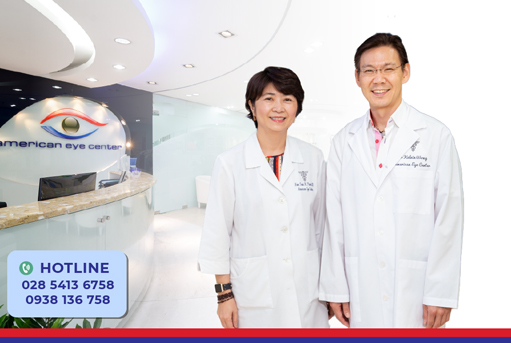

KNOWING YOUR RISKS CAN STOP THE "SNEAK THIEF OF SIGHT"
Glaucoma is a silent illness; most people have no early symptoms or warning signs as their peripheral vision diminishes or blind spots occur. Even in the United States, where there are active glaucoma screening programs, it is estimated 50% of people with glaucoma do not know they have the disease.
If untreated, glaucoma ultimately results in blindness.

“Glaucoma remains a leading cause of preventable blindness because it often goes undetected, and currently there is no treatment to restore vision once it’s lost,” said Dr. Nam Tran Pham, the Medical Director of American Eye Center in HCMC. “But when we catch glaucoma early and closely monitor and treat people, we can significantly slow its progression and minimize vision loss. With today’s improved treatments, glaucoma patients no longer face inevitable blindness, but preserving vision depends on seeing an eye doctor at the right time and carefully following a treatment plan.”
About Glaucoma
Glaucoma damages the optic nerve, the part of the eye that carries the images we see to the brain. As glaucoma worsens, cells die in the retina — a special, light-sensitive area of the eye — reducing the optic nerve’s ability to relay visual information to the brain. Usually, peripheral vision narrows first, then other blind spots occur in the visual field.

Top risk factors for glaucoma are:
Age (65 years and older)
Elevated eye pressure
Family history of glaucoma
Asian ethnicity
Related health problems, including diabetes, low blood pressure, migraine headaches
Nearsightedness
Previous eye injuries
Steroid medication use
Using the American Academy of Ophthalmology standards, the American Eye Center recommends people with risks for glaucoma to see an eye doctor to decide on eye exam intervals and other needed care. For adults with no signs or risk factors for eye disease, a baseline screening is recommended at age 40 - the time when the early stages of age-related eye disorders and vision changes may begin.